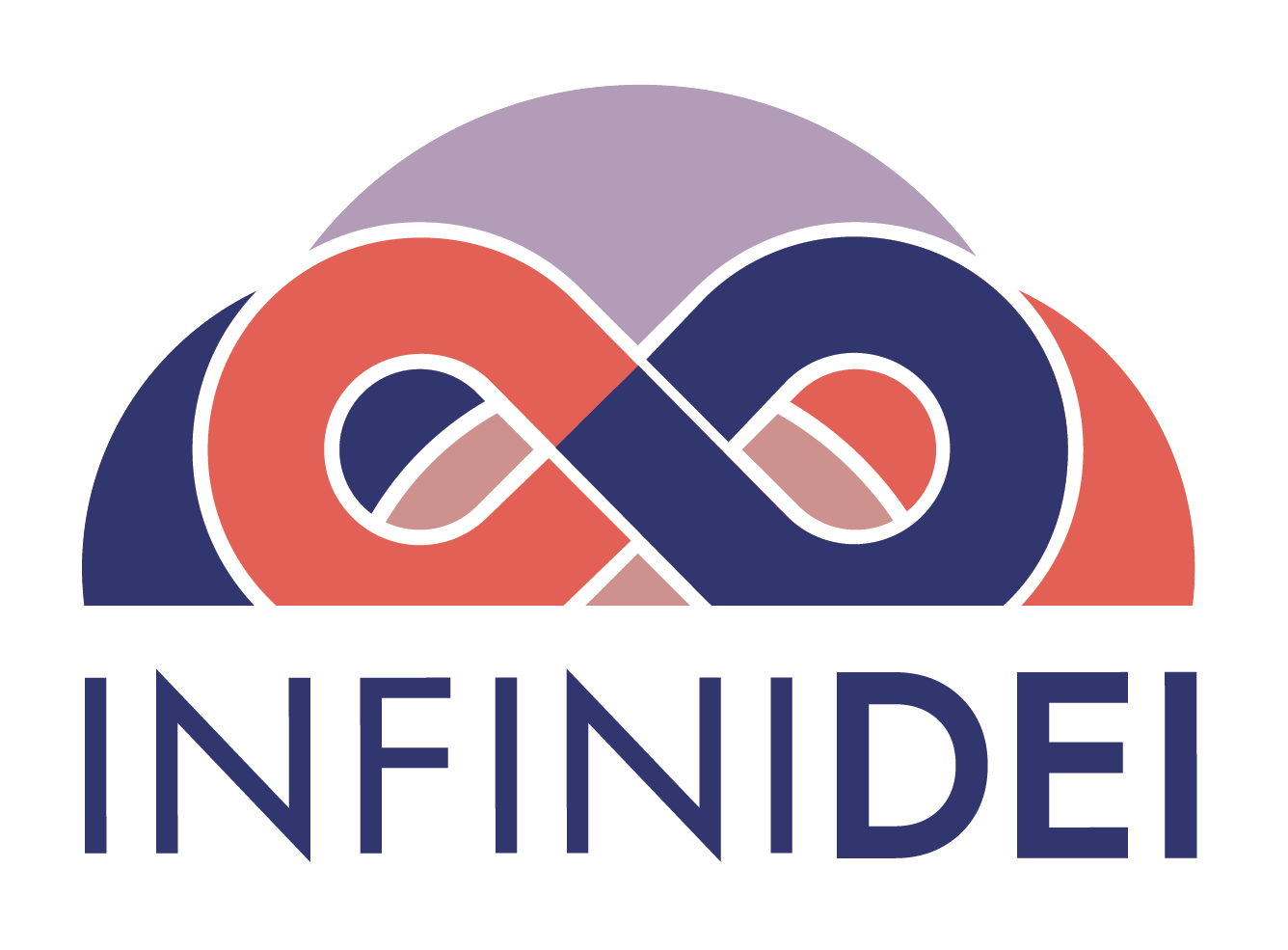What Inclusion Feels Like
We've all felt that pit in our stomach arise when we haven't felt part of the group or even worse that we are being judged by someone or a group of people. It's devastating and can feel all consuming. Even when we remove ourselves from the environment, the feelings are hard to escape. When we are in this state, it's impossible to reach our full potential. Exclusion increases emotions of self loathing, pity, sadness, anger and resentment.
Now let's shift to when we've felt included. Maybe it was a family event or being part of a thriving team or group or even listening to a webinar with others that share interest in the topic. The feelings are are most likely tied to encouragement, support, authenticity and joy. When consumed with these emotions, anything is possible. Don't we want this inside of every organization?
In order to foster inclusion inside of our company culture, we need what this feels like to be extremely clear.
Safe: This means that everyone inside of the organization, both leaders and peers express genuine concern for well being. According to the CDC, well-being is multi-dimensional and includes a persons: health, longevity, behaviors, mental and physical state, social connectedness and productivity. They go on to say, "Individuals with high levels of well-being are more productive at work and are more likely to contribute to their communities"
*Does the organization you work for create intentional opportunity for individuals to check in on employee well being on every level?
Respect: Diversity of thought, opinion, identity and action are extremely important in an organization. There are respectful and disrespectful ways to express differences. Respect looks like seeking to understand, removing judgment and getting extremely curious why why someone feels, thinks or acts a certain way. Disrespect looks like judgment, defensiveness, control and dismissal of new and different ideas.
*How does your organization foster environments to share difference of opinion or viewpoint? How do they ensure that everyone feels empowered to share, despite their tenure, rank or identity?
Connection: It's easier to connect with people when values, expectations and boundaries are clear. When these things aren't clear, there's room for interpretation and assumption. Most people believe their interpretations are the only possible explanation for an event, when in truth, an interpretation often represents only one viewpoint among many that are possible. When assumptions are present, people limit themselves by thinking, because something happened in the past, it's goin to happen again. When we believe we already "know" something won't work because of our past experience, we might not even consider it as a possibility in the future. Resulting in missed opportunity. Having clear expectations, values and boundaries in the workplace reduce false interpretations and assumptions and instead bring people closer together. Inclusive corporate cultures challenge interpretations and assumptions in safe and respectful ways.
*How are values, expectations and boundaries made clear? Is there room for assumptions and interpretations to be challenged in your organization? If so, how is this done?
Open: When safety, respect and connection are present, feedback and transparency can flow freely. A huge element of transparency is feedback. In inclusive environments feedback is framed as a gift for growth opportunity vs. criticism and judgment. When this happens, both the person giving the feedback can feel empowered to present it in a specific, direct and actionable manner. Without feedback, we limit the ability for growth. Part of the feedback process is including elements of mutual-buy in and getting the thoughts and feelings of the person receiving the feedback so they are part of building the implementation plan. This step is often missed, but is critical in adoption.
*What does feedback look like inside of your organization and how often does it happen? Are you presented with the opportunity to participate in building your growth and development plans?
The goal is to inspire organizations and leaders to create spaces and cultures where safety, respect, connection, transparency and mutual buy-in are part of everything, from team meetings to performance reviews.
When people feel included, the research shows they feel empowered to do their best work.
Research from Deloitte Study


